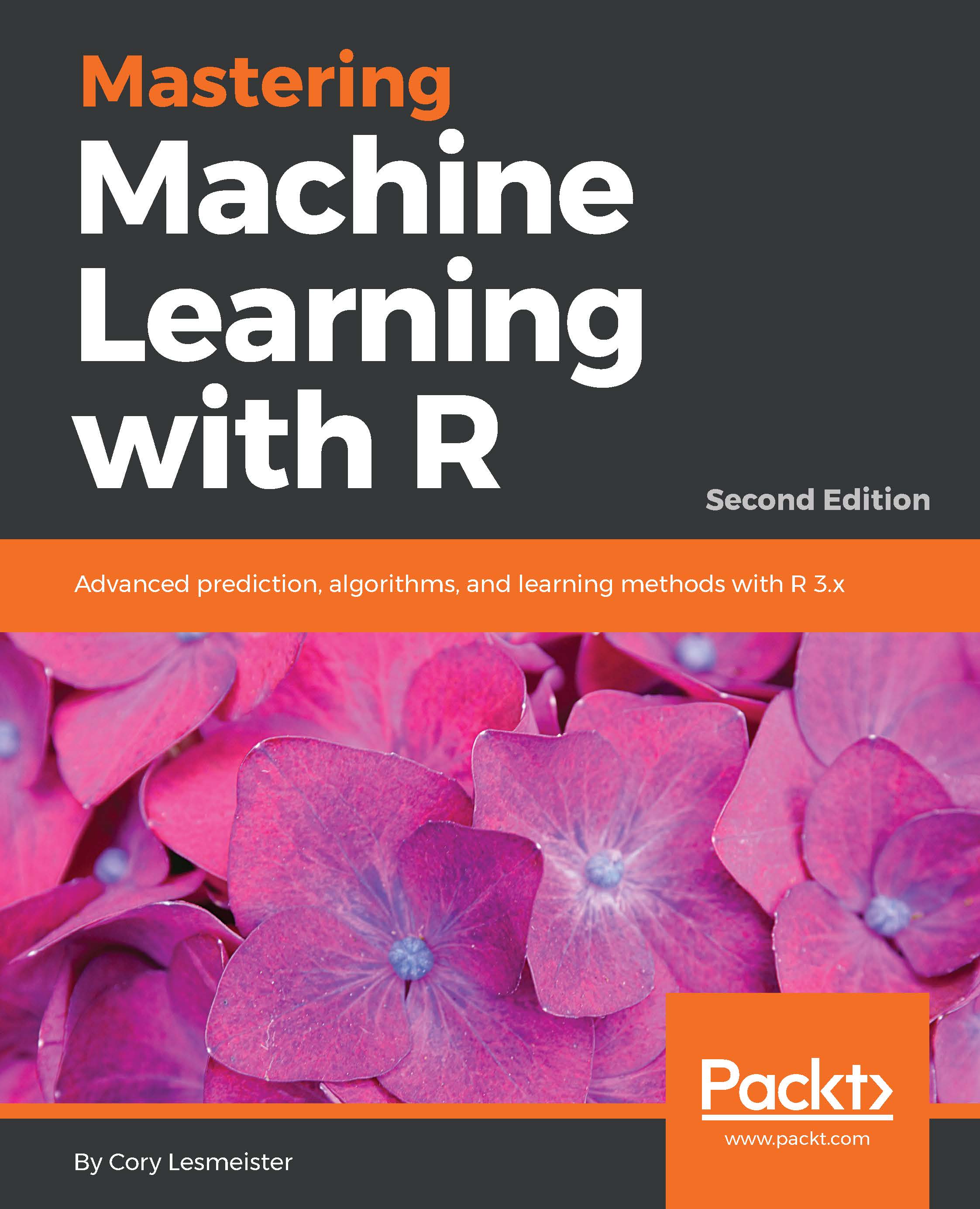"An economist is an expert who will know tomorrow why the things he predicted yesterday didn't happen today."
- Laurence J. Peter
- Laurence J. Peter
A univariate time series is where the measurements are collected over a standard measure of time, which could be by the minute, hour, day, week, or month. What makes the time series problematic over the other data is that the order of the observations probably matters. This dependency of order can cause the standard analysis methods to produce an unnecessarily high bias or variance.
It seems...


